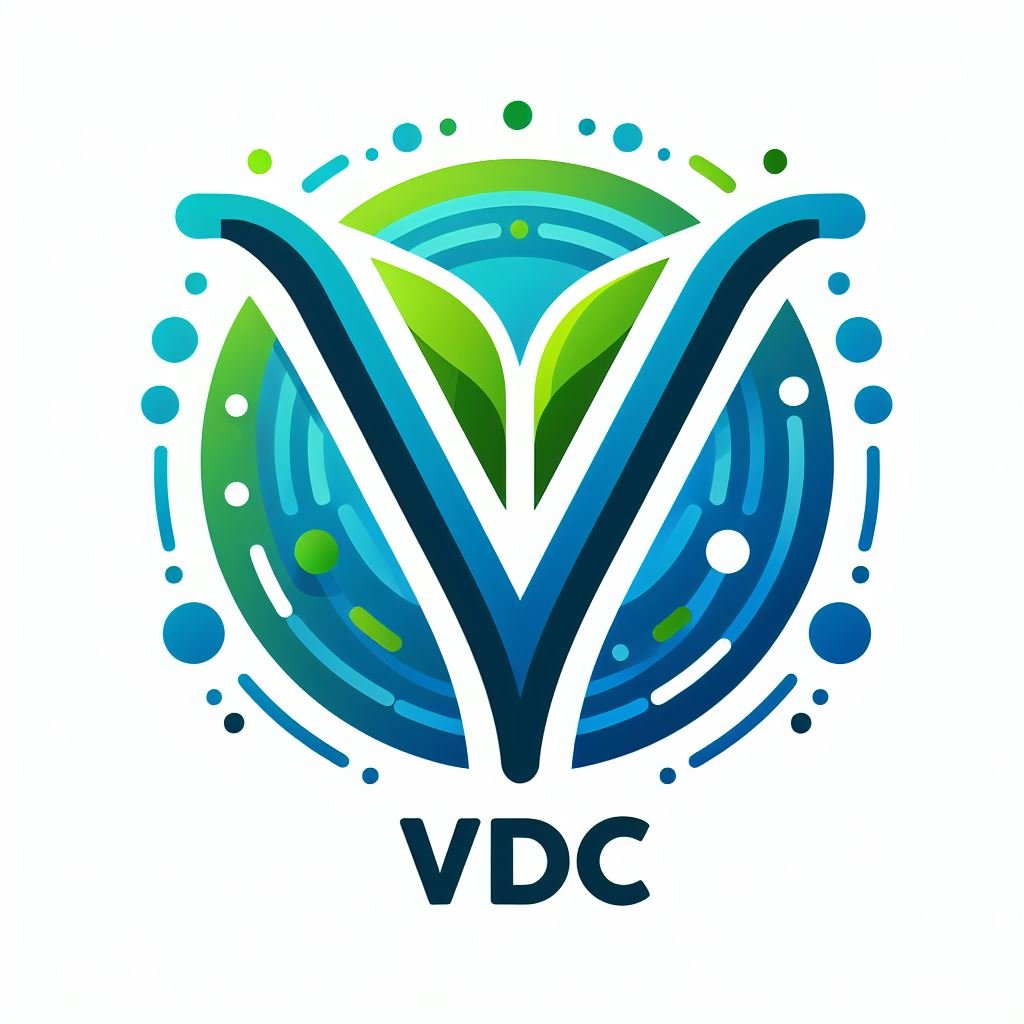What is Leveling Agent or DFT ?
Leveling agent is a main chemical compound of disperse dyeing, without which polyester dyeing cannot be completed. It plays the role of a carrier in disperse dyeing. There are many names of leveling agents in which DFT is the most commonly used name. Basically these chemicals are compound chemicals that play an important role.
By using which, one gets the power to load the color from the molecules found in the polyester fiber. By extension, it prepares the dispersed colors for dyeing on the fiber. Without these chemicals you will not get fixing by dyeing polyester fiber. This is another very important fact which gives the leveling agent the status of being an important chemical. The class of leveling agent has always been prominent among the primary chemicals used in textile industries.

The chemicals found in this light yellow foam have been specially formulated for disperse dyeing. One of the great qualities of a good leveling agent is that it dissolves the colors with great ease and is adept at reaching the color under the fiber molecules. Due to which the dyeing probability on the surface of polyester fiber increases
The Role of Leveling Agents in Textile Industries :
Leveling Agent in the realm of textile manufacturing, the quest for vibrant, storong colors on fabrics has been a perpetual pursuit. Disperse dyeing stands out as a prominent method, particularly for synthetic fibers like polyester and nylon. However, achieving uniform coloration across the fabric surface poses challenges due to the inherent nature of disperse dyes.
In this pursuit, leveling agents emerge as indispensable allies, playing a pivotal role in enhancing the efficiency and quality of disperse dyeing processes in textile industries.
Leveling Agent or DFT used in Disperse Dyeing :
Disperse dyes color are hydrophobic molecules, primarily used to color synthetic fibers. Unlike other dye classes, disperse dyes lack ionic groups, making them insoluble in water. Instead, they rely on dispersion, wherein dye particles are dispersed evenly in a carrier medium, typically water, with the aid of dispersing agents. During the dyeing process, heat and pressure are applied to facilitate dye diffusion into the fiber matrix, leading to coloration.
The Role of Leveling Agents :
Enter Leveling Agent, a class of specialty chemicals specifically designed to address the uneven dye uptake associated with disperse dyeing. Leveling agents function by promoting uniform dye migration and absorption onto the fabric surface, thereby mitigating the occurrence of dye defects. These agents achieve their effect through several mechanisms:
Surface Tension Reduction :
Leveling agents act to reduce the surface tension of the dye liquor, facilitating its uniform wetting and penetration into the fabric. By lowering the interfacial tension between the dye solution and the fiber surface, Leveling Agent promote even dye distribution.
Dye Diffusion Control by DFT :
Through their molecular structure, Leveling Agent regulate the rate of dye diffusion into the fiber matrix. By slowing down the migration of dye molecules, these agents enable more controlled and uniform dye uptake, preventing excessive dye accumulation in localized areas.
Prevention of Nucleation :
Leveling agents inhibit the premature precipitation or nucleation of dye molecules on the fabric surface. By preventing the formation of localized dye clusters, these agents help maintain a homogeneous dye distribution, minimizing the risk of patchiness or streaking.
Conclusion of Leveling Agent or DFT :
In the dynamic landscape of textile manufacturing, achieving consistent and vibrant colors on synthetic fabrics is paramount. Disperse dyeing, while widely employed, presents challenges related to uneven dye uptake, which can compromise product quality and efficiency. Leveling Agent emerge as indispensable additives, offering a solution to these challenges by promoting uniform dye migration and absorption. By leveraging the benefits of Leveling Agent, textile manufacturers can enhance dyeing efficiency, optimize production processes, and unlock new design possibilities, thereby staying ahead in a competitive market while ensuring high-quality, visually appealing textiles for consumers.

